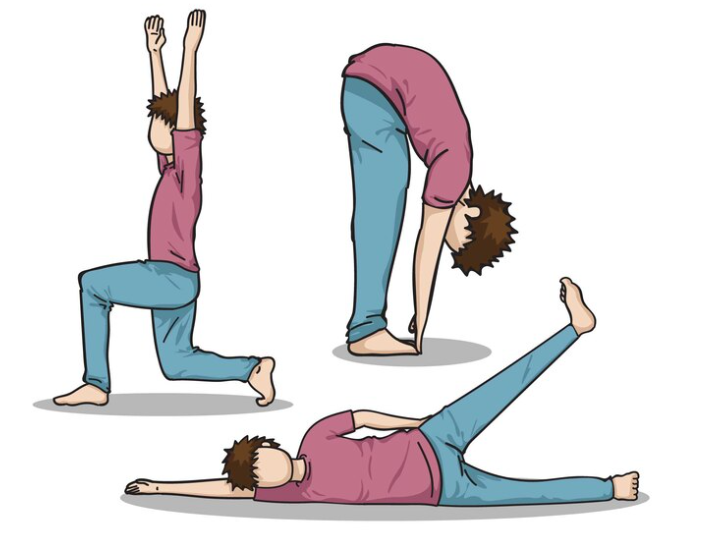
The Role of Hormones in Exercises and Stretches to Alleviate Cervical Spondylosis Pain
Introduction: Cervical spondylosis, commonly known as neck arthritis, can cause significant discomfort and stiffness in the neck area. While various factors contribute to its development, understanding the role of hormones in cervical spondylosis is essential. In this blog, we’ll explore how hormonal imbalances can impact cervical spondylosis and discuss exercises and stretches to help alleviate pain and improve mobility.
Understanding Cervical Spondylosis
Cervical spondylosis is a condition characterized by the degeneration of the cervical spine, which leads to symptoms such as chronic neck pain, stiffness, and reduced range of motion. While age-related changes and injury are primary factors, hormonal imbalance in cervical spondylosis can also influence the development and progression of this condition.
The Role of Hormones
Hormones play a crucial role in maintaining spinal health by supporting bone density and tissue repair, which can directly impact the progression of cervical spondylosis. For instance, estrogen helps maintain bone density, and a decline in estrogen levels, particularly in postmenopausal women with cervical spondylosis, may contribute to accelerated bone loss and an increased risk of cervical spondylosis.
Similarly, testosterone, the primary male sex hormone, also influences bone density and strength. A decrease in testosterone levels due to age or other factors can impact bone health and potentially worsen neck stiffness in cervical spondylosis symptoms.
Exercises and Stretches for Cervical Spondylosis
Regular exercise and stretching can help alleviate pain and improve mobility for individuals with cervical spondylosis. Some effective stretches for neck pain relief include:
- Neck Stretches:
Gently tilt your head to each side, forward, and backward to stretch the neck muscles. This is beneficial for managing neck arthritis stiffness. - Shoulder Rolls:
Roll your shoulders backward and then forward in a circular motion to release tension in the neck and shoulders. Regularly practicing these can reduce upper back and neck pain. - Chin Tucks:
Sit or stand tall and gently tuck your chin towards your chest, feeling a stretch at the back of your neck. Chin tucks are excellent for improving posture-related neck pain. - Neck Rotations:
Slowly turn your head from side to side, keeping your movements gentle to avoid strain. Neck rotations are helpful for improving cervical spine flexibility.
Conclusion
While cervical spondylosis can cause discomfort and stiffness in the neck, incorporating therapeutic exercises for cervical spondylosis into your routine can help alleviate pain and improve mobility. By understanding the role of hormonal changes in cervical spondylosis and adopting targeted exercises, individuals can effectively manage their symptoms and enhance their overall quality of life. Whether it’s through maintaining an active lifestyle or seeking advice on natural ways to relieve neck pain, addressing these factors can make a significant difference.
To seek medical advice, always consult a Doctor. Here are our recommended experts. Click Here
To read more on Cervical Spondylosis. Click Here


